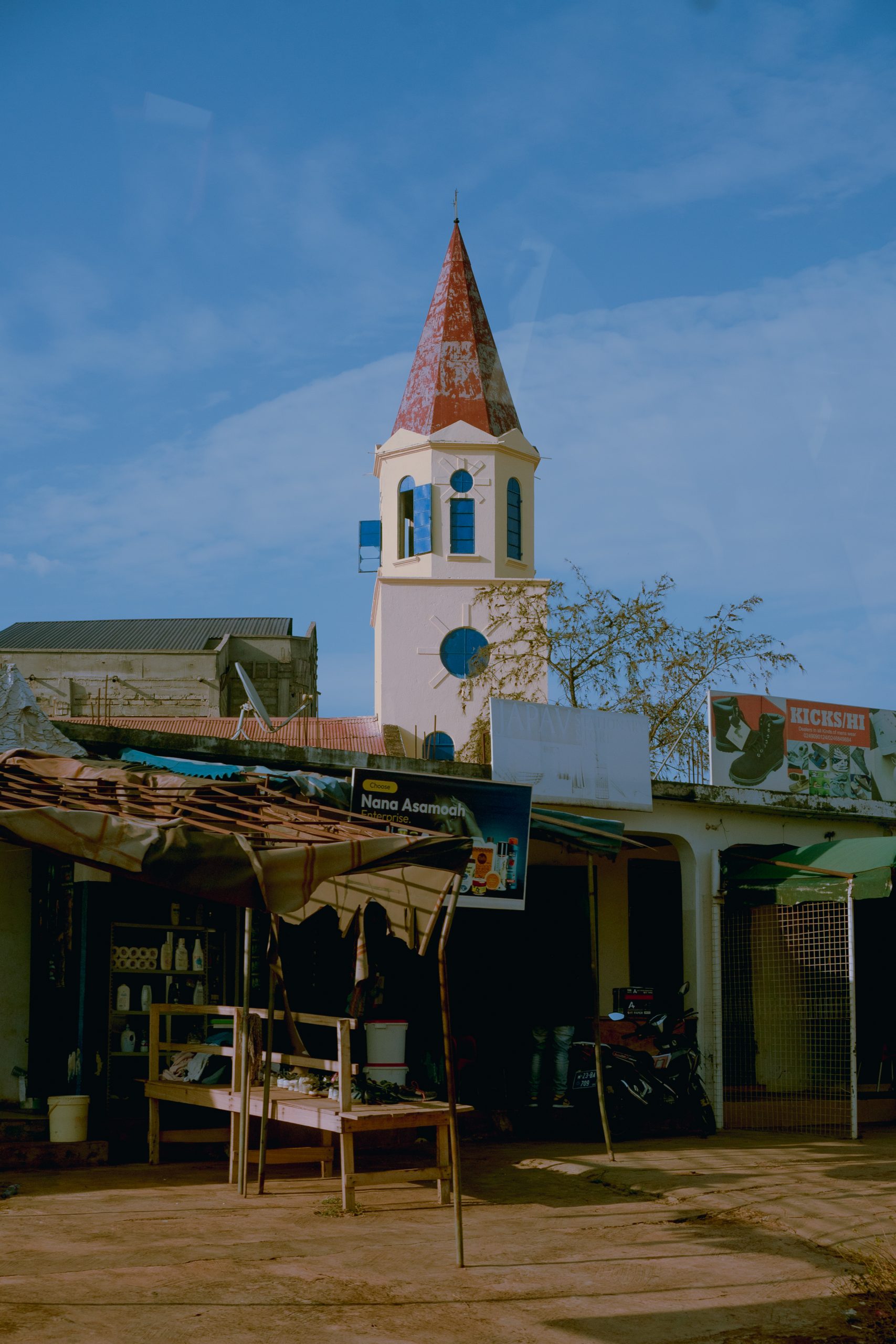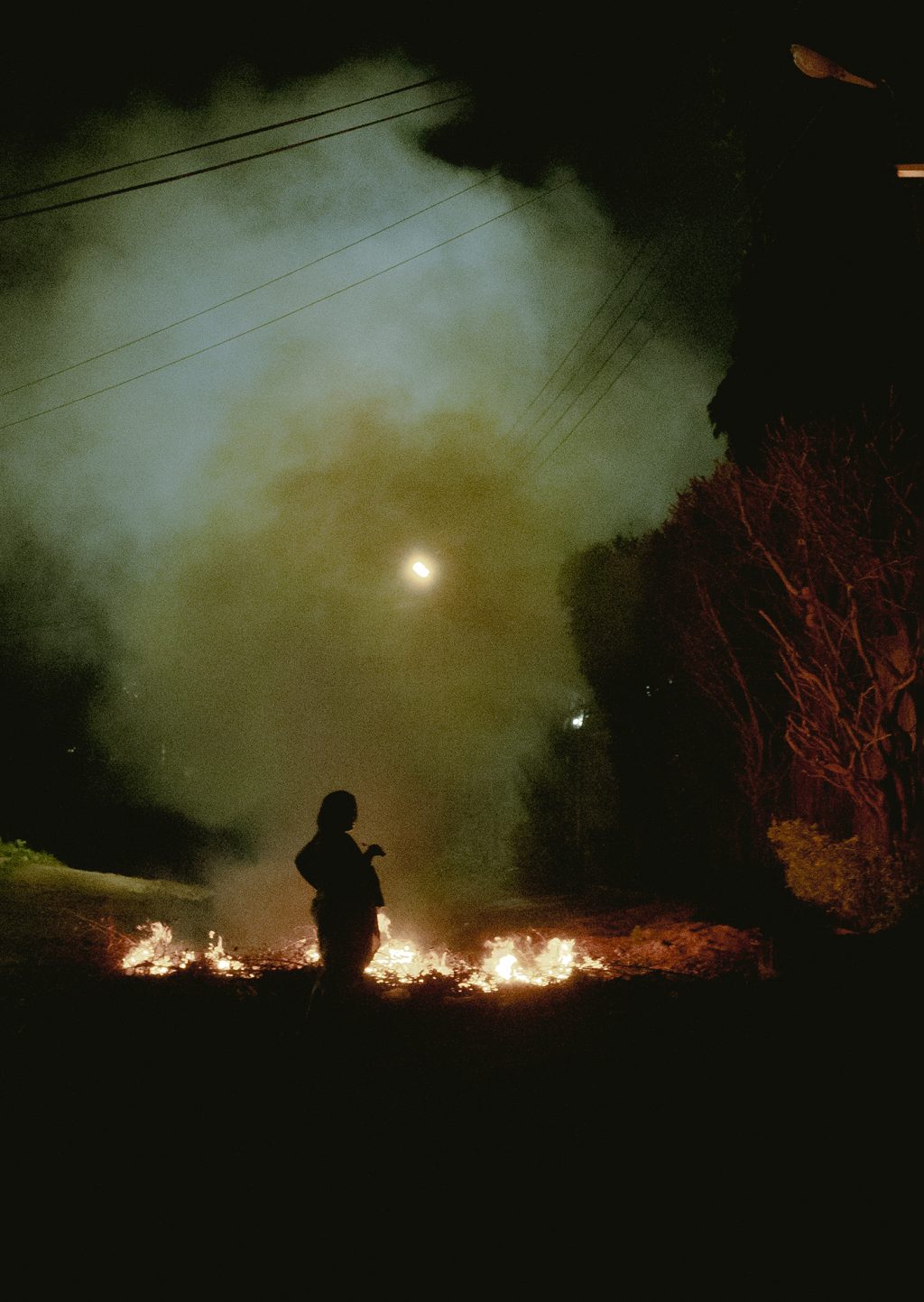In regards to images that seem to have a disconnected focus on subjects, this is sometimes a technical error on the photographer’s part, whether because of the camera settings, missed focus, post-editing, or some other issue. The other issue can be the photographer’s personality and, you know, the interesting thing about photography is all the personalities that come with it. That of the photographer comes first and to be honest, nothing comes second since the artist is what matters, no photographer, no subject. Every photographer brings their perspective to the craft as a lending hand in solidarity with the art of photography all around the world and the more genuine the transaction between photographer and subject the bigger the blockchain that connects all of us. The stronger the personality of the photographer, the more likely the image is to be confident, assertive, influential, and able to leave a lasting impression on viewers. Two photographers, even as twins, standing in the same spot may interpret a scene differently, producing vastly distinct images. Not everyone on the street is a street photographer, but every image captured on the street qualifies as street photography. To excel in this art, empathy is essential— the more empathetic a person is, the more powerful their images become. Indifference has no place here; genuine care is fundamental. Empathy allows street photographers to connect deeply, not only with their subjects but also with the intricate details of a location, creating a profound sense of photogrammetry. As a unique art form that encapsulates the essence of everyday life, capturing candid, unscripted moments that are both evocative and thought-provoking is what street photography is all about. Achieving this requires more than technical expertise and a sharp eye. “Good” street photographers possess a blend of qualities, including keen observation, anticipation, and an empathetic approach. Through their cameras, they convey their world vision, offering unique insights and sharing stories that might otherwise remain untold, as in the case of Street and Fine Art Photographer Kay Kwabia.
It is often not easy to question artists and their choices when it comes to the art that they create, however the difficulty, we have managed to make an Interview with Kay, picking his brain about only the most important things.
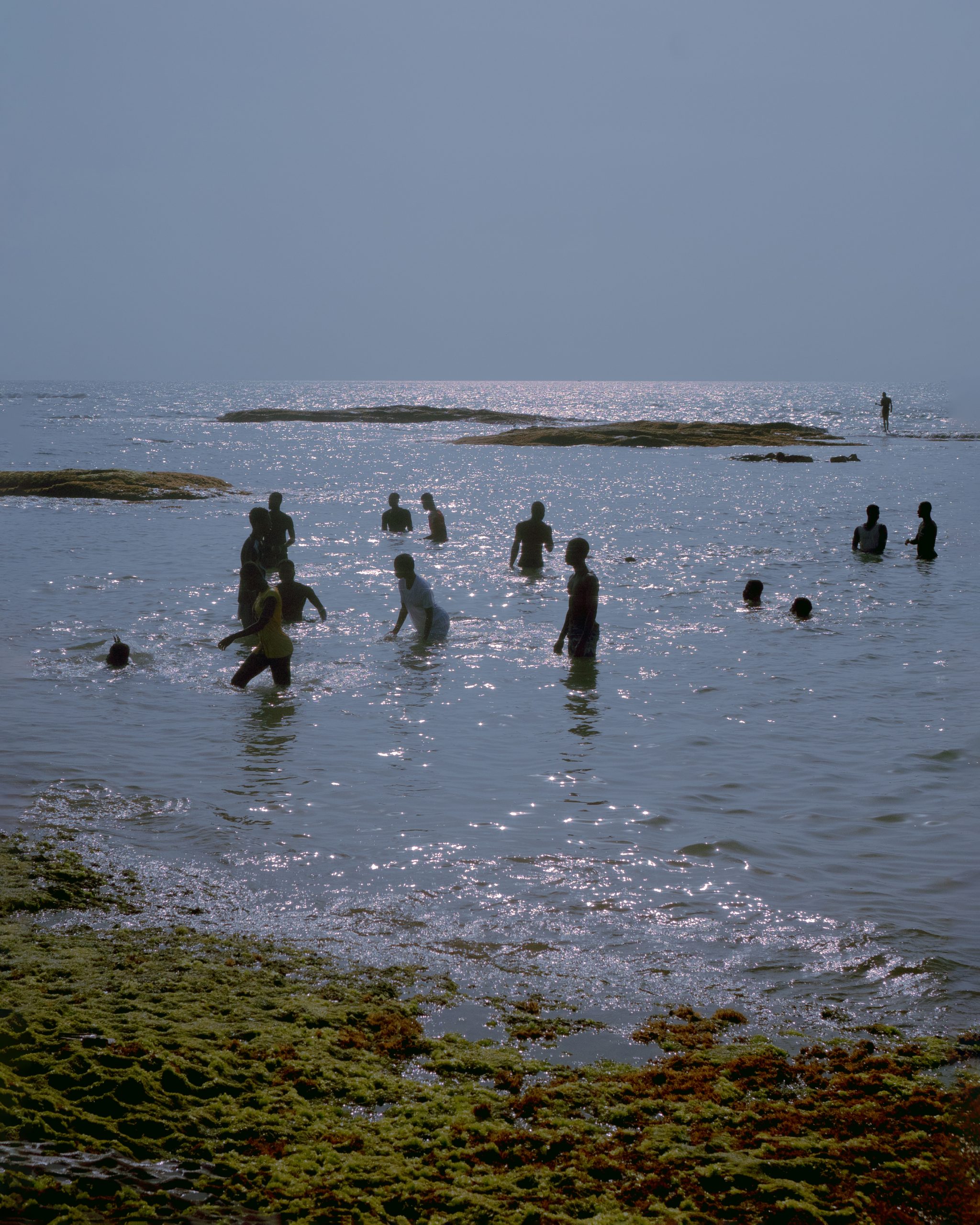
Hello Kay Kwabia and welcome to Random Photo Journal! Introduce yourself: Tell us a little about your upbringing, how you found photography and where you call home. We see that you are based in Accra mostly but also have some digital footprints in Berlin, whats the story there?
I am Kay Kwabia, and I live in Ghana. I was born here and my childhood was somewhat atypical, my family moved relatively often and this provided an opportunity to experience different facets of Ghana. As a nature and outdoor admirer, I spent a lot of my childhood exploring and reading. It was an ideal moment in life and built up in me an appreciation for nature and the aesthetic values of everyday life. I discovered photography for myself when I was studying for my textile design and technology diploma. Having gained an understanding of the basics of design through this program, I began exploring how I perceived these elements in my everyday life using my first smartphone. I was gifted my first digital camera by a relative and I started to explore more, and this was how I got into photography. Currently, I live in Tutu, a small town outside of Accra.
Ah, I have been fortunate enough to tap into a diverse array of connections from other photographers to researchers, designers and scientists through my photography. One opportunity acquired through these connections is exhibiting my work and that would explain the digital footprint in Berlin.
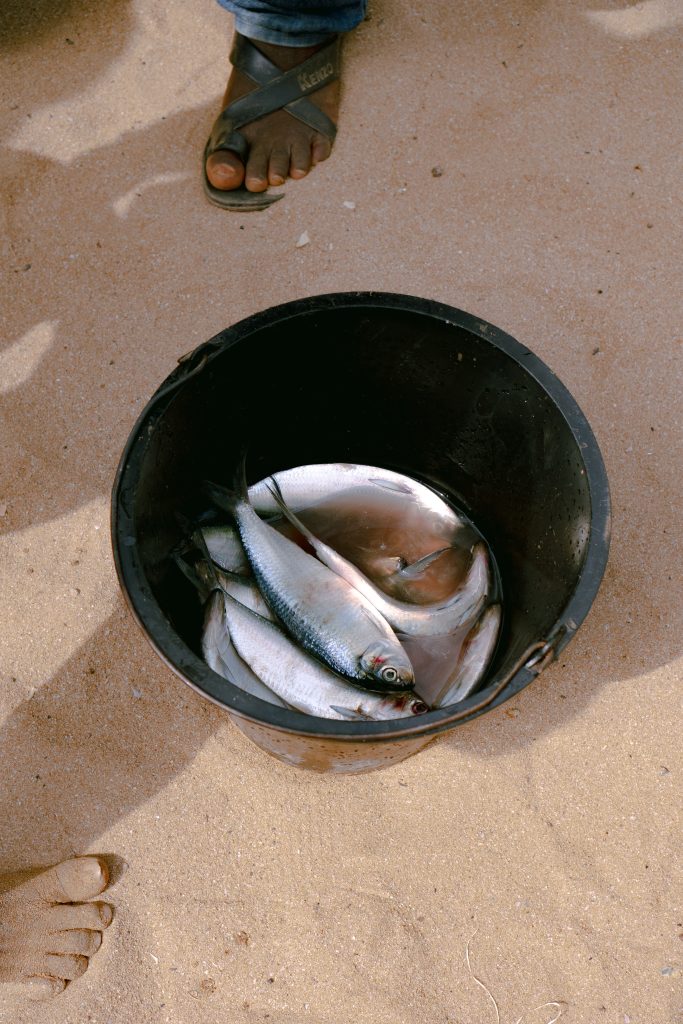
Your photos have such good feelings, so serene and vibrant at the same time. Can you briefly explain what your vision is? Does your photography work follow a certain mission statement akin to you, if yes, do you think the style or concept of why you photograph is understood by your audience?
Thank you. My vision has always been to present places (typically Ghana) as I experience them, highlighting the often overlooked aesthetic value of everyday activities. I think my work does follow a certain mission statement on a subconscious level. A tough question, sometimes I like to think so, but since images are perceived on such subjective degrees I leave that to the observer.
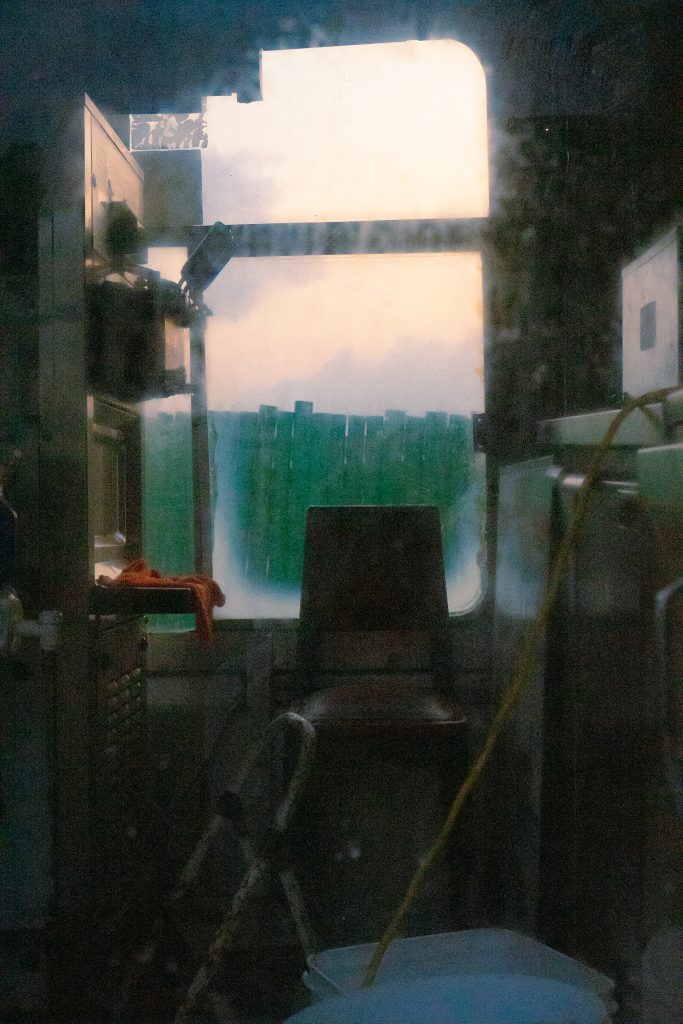
Do you consider yourself to be an empathetic photographer? If you think so, can you briefly explain some of the ways empathy helps make the making of images better?
I try my best to be empathetic. I try my best to present my documentation as candidly as possible. As someone who respects my personal space, I also try my best to have the visage of people not be the main focus of my non-commercial work and always make sure my subjects are aware they are being documented. I have noticed this has helped me not focus just on people but to pay attention to how they relate to the spaces they inhabit. Also in this principle, I dislike giving titles to my work.
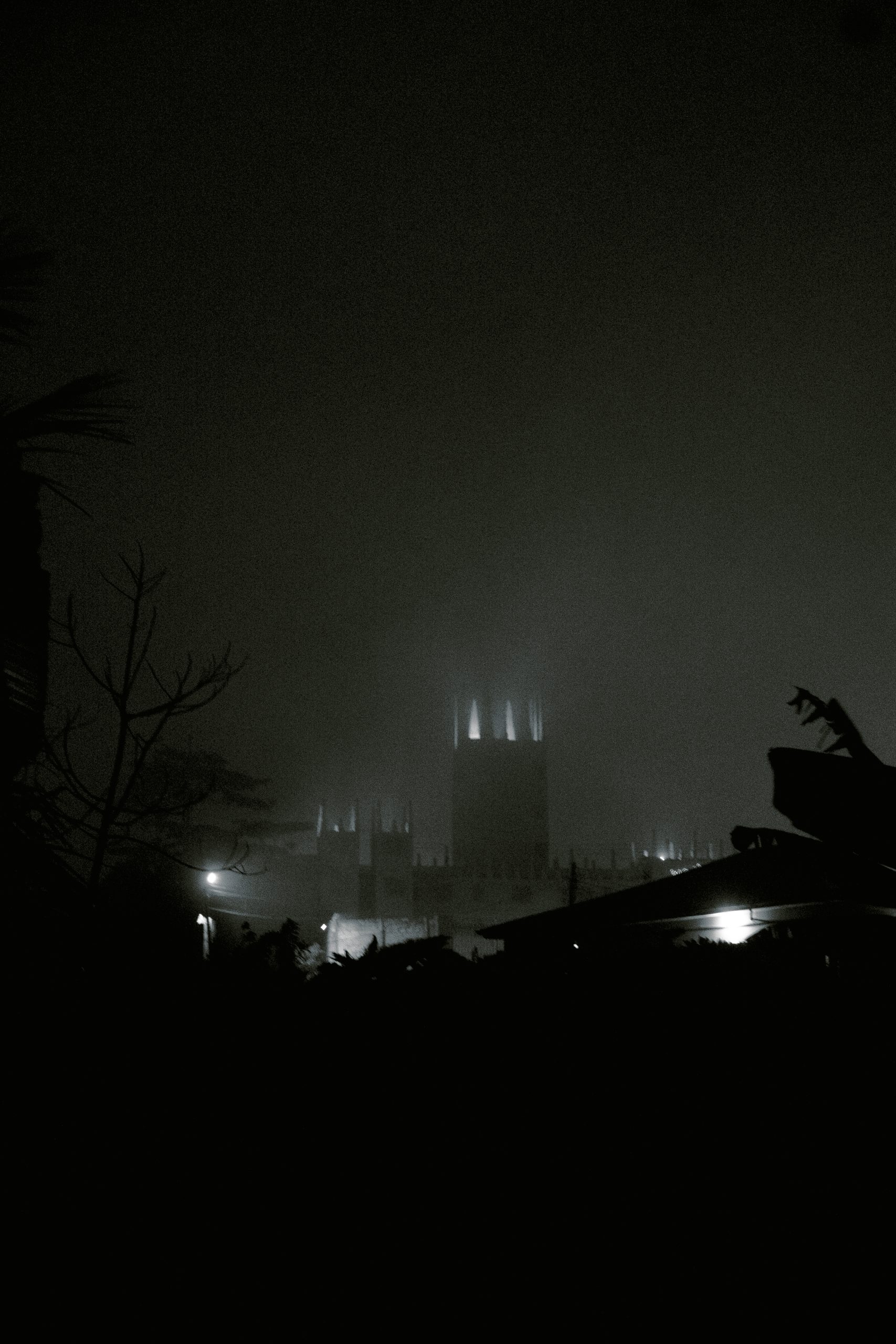
In the series of images you sent us, which is your favourite and what is the story behind it?
I typically do not like to play favorites but I know easily with this submission, it is 08098. I love the sea, a lot. That image was taken in the town where I had spent most of my formative years ( prepubescent, teenage and early adulthood), and where I had discovered photography for myself. This town has such a distinct personality which resonates with me. The image was also taken when I was participating in my first-ever residency and, being able to share the town and that experience with fellow artists is one I cherish truly.
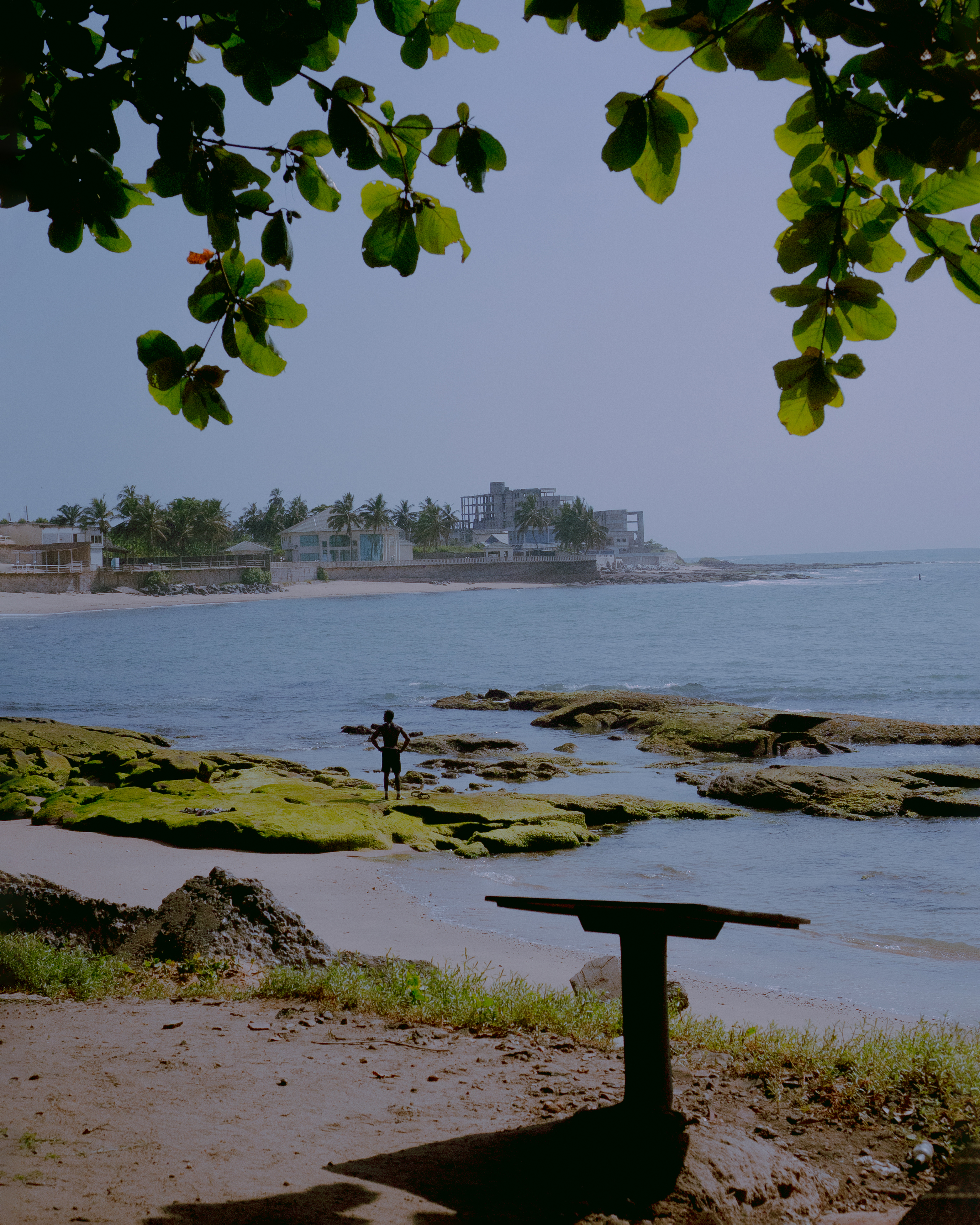
Are there photographers whose work you draw inspiration from or you’re simply self-taught?
I am self-taught and did not explore the work of other photographers until a little into my practice. I learned a lot from Instagram ( in its heyday) and I look up to the photographers from Ghana and Africa. They have been influential in how I perceive my practice. These include Sackitey Tesa, Eric Gyamfi, Nana Yaw Oduro, Andy Madjitey and Carlos Idun Tawiah to name a few. There are so many more I am constantly inspired by, and not just photographers. Designers, researchers and architects also rank high in inspiration.
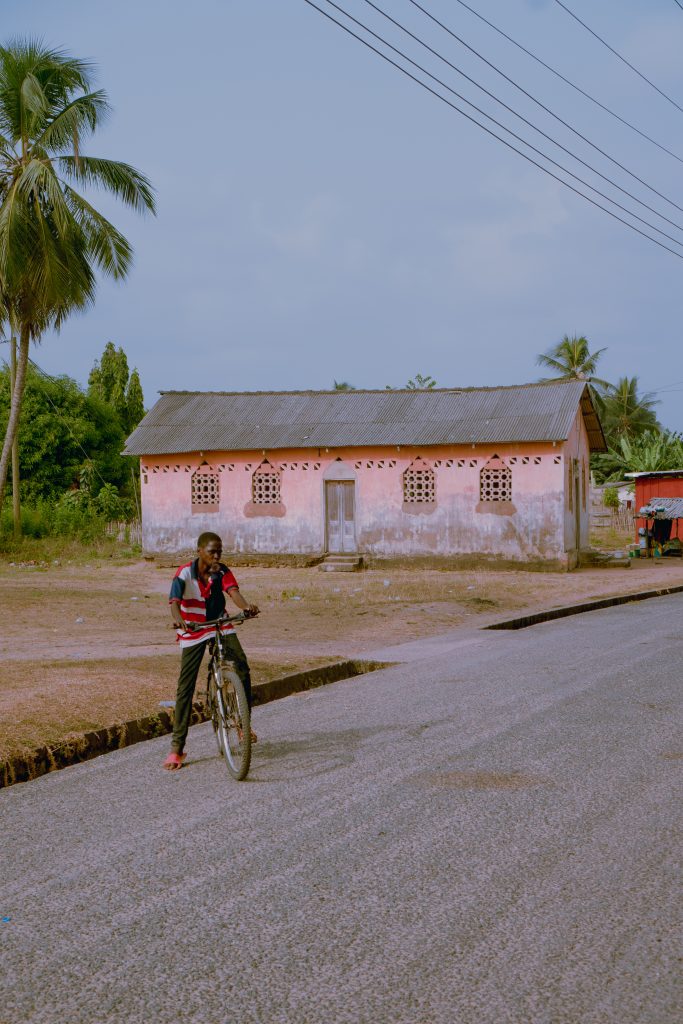
This was supposed to be a question about mode of editing but then with another, closer look at your images, we feel like it is better if you tell us a little, or in great detail, about your relationship with colours while photographing and also while editing the images for final post? There seems to be a mood that follows through in all the images, explain it?
Colour is the most important aspect of my approach. I discovered early on that I gravitate towards analog photography but with the limitations in this part of the world currently, I had to find a work around. I spent the better part of two years analyzing how light and colors fit in my visualization and developed an editing flow which would be satisfactory. I plan of fully transitioning to analog photography in the future.
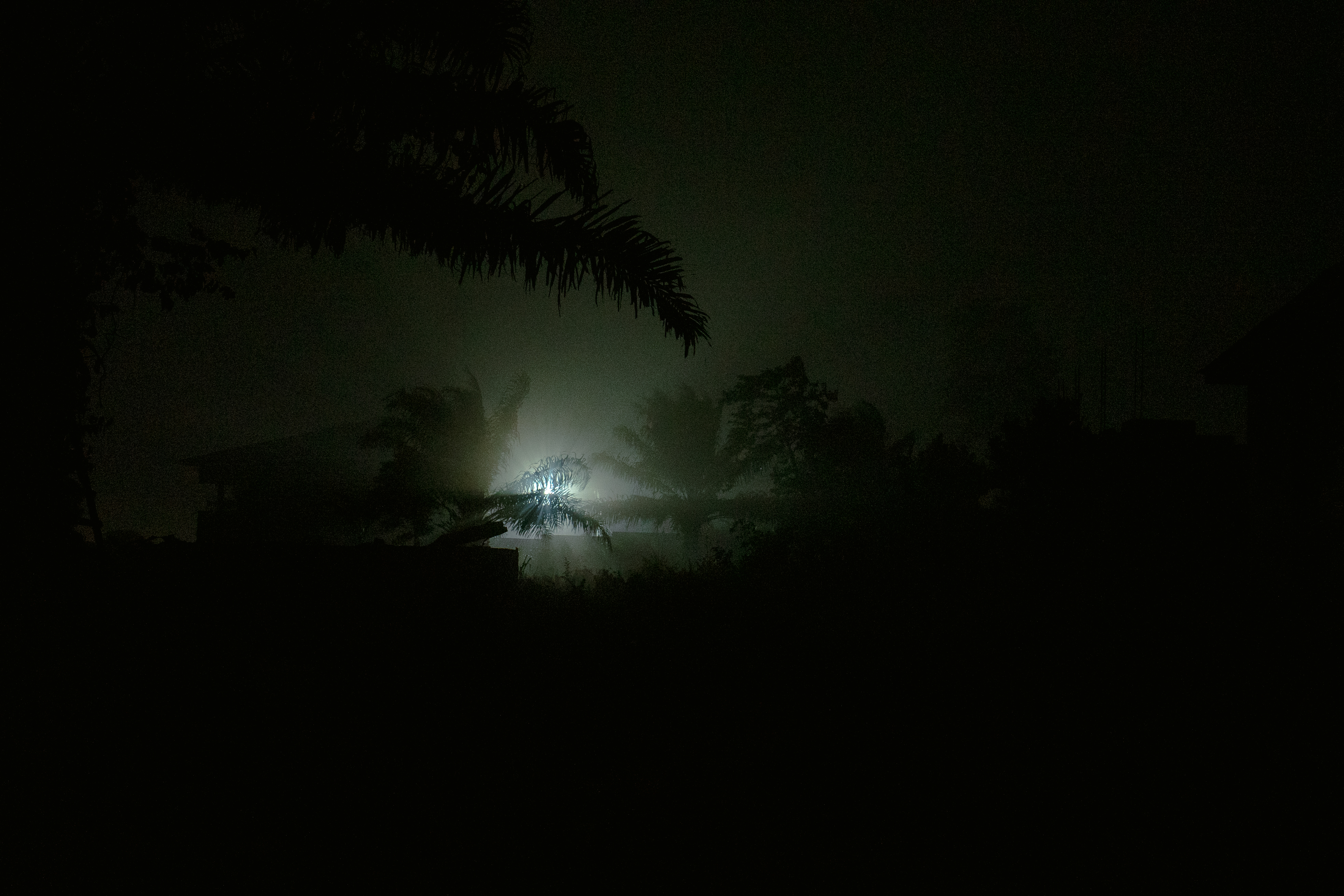
Are there any projects that you’re working on that you would like to tell everyone about, could we expect a photobook from you in 2025, any exhibitions to look out for?
Big question. Yes, there are potential projects and exhibitions but they are still in the planning stages. I do not know yet about a photo book, but I did produce a zine with my colleague Calvin Hein last year which is available to preorder. There are plans in the works which will become more solidified as the year progresses.
